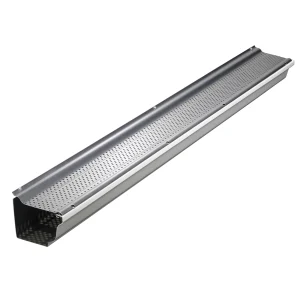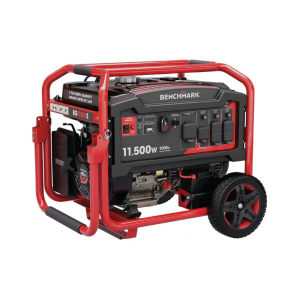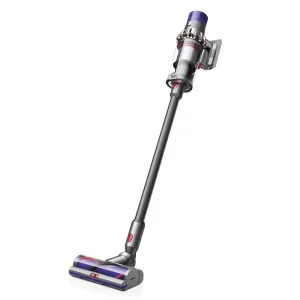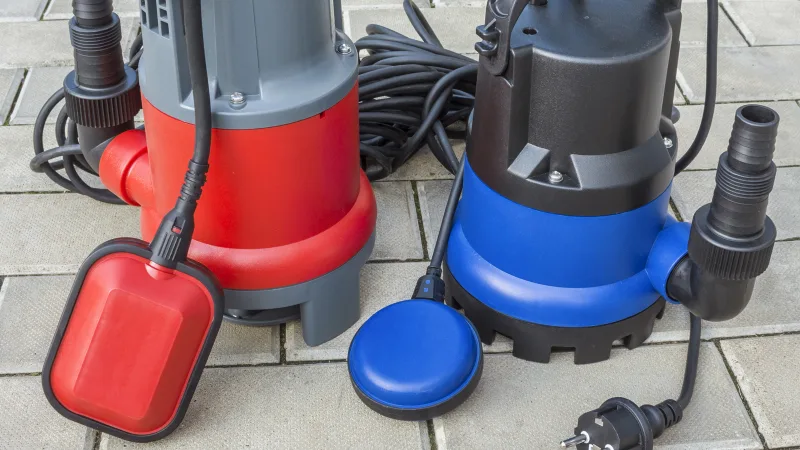Here's How to Prepare Your Home for Hurricanes
Hurricanes can have a devastating effect on Atlantic coastal communities.
Canada sees an average of six hurricanes during each hurricane season (June through November), and while hurricanes are the most serious threat, tropical storms are a related weather hazard to be aware of. Hurricanes bring extreme wind, rain, storm surges and ocean waves. Here’s how prepare for nature’s worst.

Damage Prevention
A solid damage prevention strategy to protect your home from hurricanes and tropical storms includes planning and emergency preparation.
Long-Term Planning
When a hurricane makes landfall, it brings intense winds (at least 120 km/hour near its centre or “eye”) and torrential rain. Storm surges and ocean waves add to the potential damage. Hurricane preparation includes preparing for an emergency evacuation, as well as protecting your home from property damage. Here’s what you need to prioritize.
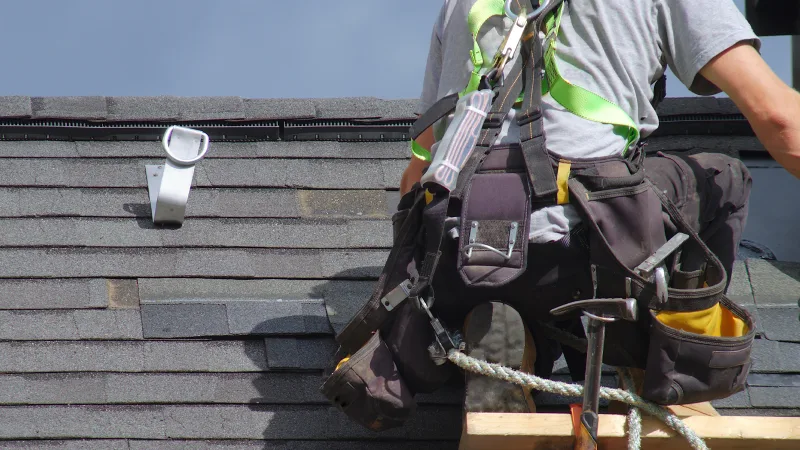

TIP: Some of these updates and upgrades are simple DIY tasks, while others may require professional assistance. Research your options before next year’s hurricane season arrives.
Home Protection Products
Gear up with essential equipment and supplies to help prepare your home for hurricanes and tropical storms.
TIP: Protecting your home against hurricanes prepares it for other extreme weather, like floods, heavy storms and power outages, making it a worthwhile investment for years to come.
Emergency Preparedness
What to Do if a Hurricane is Forecast
Hurricanes are usually forecast one or even two days out, allowing people to prepare to evacuate or shelter in place. Preparing for the worst will ensure you’re self-sufficient. Here’s what to do if there is a hurricane warning.

TIP: Hurricanes vary in severity. In some cases, residents will be advised to shelter at home, while in others, the government will issue an evacuation order. If so, leave your home for safe ground.

TIP: Don’t forget your identification, home ownership and insurance documents if evacuating.
Emergency Kit Essentials
Here’s What You’ll Need For Up to 3 Days Away from Home
Create Your Emergency Kit
If you need to evacuate, you may not have time to gather essential items. Plan ahead and keep everything together in a large bin, backpack or hockey bag, so you can quickly load your vehicle and head out. Here are some of the essential things you can add to your kit.
TIP: Don’t forget your pet’s food, food bowls, leash, carrier, vet records and other essentials.
Damage Prevention
A solid damage prevention strategy to protect your home from hurricanes and tropical storms includes planning and emergency preparation.
Long-Term Planning
When a hurricane makes landfall, it brings intense winds (at least 120 km/hour near its centre or “eye”) and torrential rain. Storm surges and ocean waves add to the potential damage. Hurricane preparation includes preparing for an emergency evacuation, as well as protecting your home from property damage. Here’s what you need to prioritize.


TIP: Some of these updates and upgrades are simple DIY tasks, while others may require professional assistance. Research your options before next year’s hurricane season arrives.
Home Protection Products
Gear up with essential equipment and supplies to help prepare your home for hurricanes and tropical storms.
TIP: Protecting your home against hurricanes prepares it for other extreme weather, like floods, heavy storms and power outages, making it a worthwhile investment for years to come.
Emergency Preparedness
What to Do if a Hurricane is Forecast
Hurricanes are usually forecast one or even two days out, allowing people to prepare to evacuate or shelter in place. Preparing for the worst will ensure you’re self-sufficient. Here’s what to do if there is a hurricane warning.

TIP: Hurricanes vary in severity. In some cases, residents will be advised to shelter at home, while in others, the government will issue an evacuation order. If so, leave your home for safe ground.

TIP: Don’t forget your identification, home ownership and insurance documents if evacuating.
Emergency Kit Essentials
Here’s What You’ll Need For Up to 3 Days Away from Home
Create Your Emergency Kit
If you need to evacuate, you may not have time to gather essential items. Plan ahead and keep everything together in a large bin, backpack or hockey bag, so you can quickly load your vehicle and head out. Here are some of the essential things you can add to your kit.
TIP: Don’t forget your pet’s food, food bowls, leash, carrier, vet records and other essentials.
Damage Cleanup
Depending on its severity, hurricane damage can affect your property indoors and out. If you had to evacuate, wait until local authorities give the go-ahead to return home. Here’s how to assess and repair hurricane damage.
Inspecting Your Home after a Hurricane
Returning Home after a Hurricane Evacuation
The gale-force winds, driving rain and wave surges of a hurricane can impact your home from roof to basement. Expect potential flooding, broken objects and damage to your landscaping. Here’s what to do once you get the all-clear to return home.

TIP: Before moving back home, you’ll need professional certification that your water supply is safe and your appliances, water heater and/or oil heater are approved for usage.
Here’s How to Clean Up after a Hurricane
Once it’s safe to go outside (if you sheltered in place) or once your electricity is back on (if you evacuated), it’s time to tour your property to assess the damage. Wear rubber boots, gloves and long sleeves and pants to protect yourself from dirty water and debris.

TIP: Never go outdoors to assess damage until given the all-clear by local authorities. There will be a break in hurricane activity as the eye of the storm passes, but the wind, rain — and danger — will return afterward.
Home Repair Products
Clean and reorganize your home after a hurricane and/or flooding. Your home may require deep-cleaning and disinfecting, and you may have to replenish emergency or home maintenance supplies.
TIP: If you’re cleaning up before the power is back on, never use a gas-powered generator, pressure washer or other equipment indoors or in a covered area (i.e. carport or porch). Dangerous carbon monoxide fumes can build quickly.
Here’s How to Drain a Flooded Basement
Whether your sump pump was overwhelmed, or you don’t have one, here’s how to drain your flooded basement with a portable utility pump or wet/dry vacuum.


